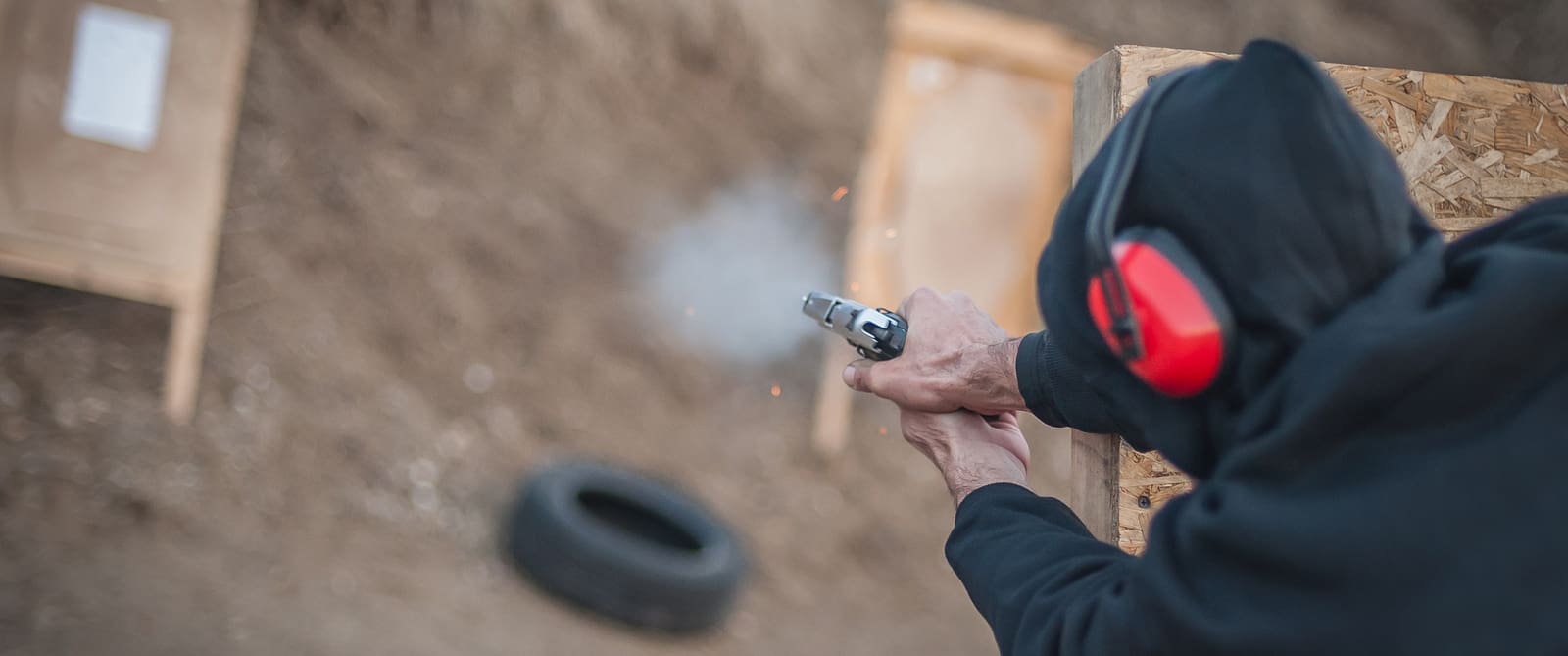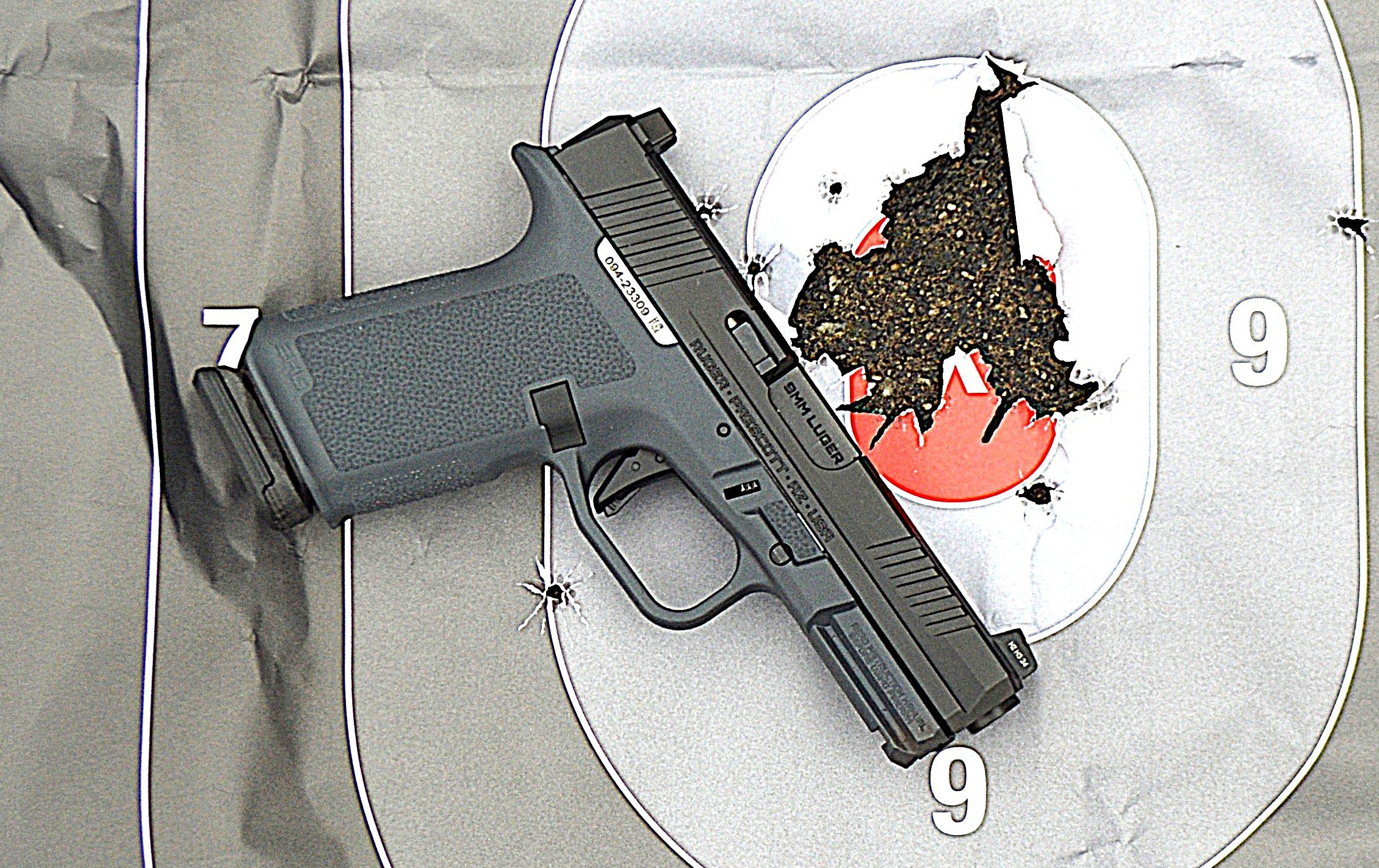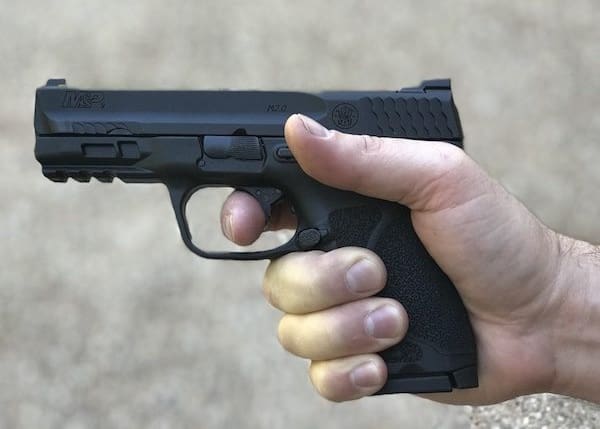Movement is a topic that’s mostly misunderstood and rarely practiced. As a foundational skill, it should be part of every competent gunman’s skill set. Why is movement so important? Because a moving target is harder to hit than a static one.
Movement is life
If all you practice is static shooting — drawing and shooting your firearm while standing still — there’s a good chance that’s exactly what you’ll do in a gunfight. Admittedly, that may be all you need to stop an imminent, credible threat of grievous bodily harm or death. And there’s no denying that it’s easier to hit a target from a stable platform. Which, comparatively, a moving body is not.
But again, it’s easier to hit a fixed target than one that’s moving. In a defensive gun use, X marks the spot. You are the target.
Whether the bad guy or guys are trying to punch, kick, strangle, knife or shoot you, the more difficult it is for them to orient themselves to your position (the second “O” in the OODA loop), the harder it is for them to injure or kill you (the “Decide and Act” part of the OODA loop).
Movement creates distance. Distance creates time. Time creates opportunities. Opportunities to escape. To find cover or concealment. To get to your weapon. To find an improvised weapon. To counterattack.

Imagine a bad guy coming at you with a knife from ten feet. What do you want to do first: draw your gun or move out-of-the-way? Hint: even if you manage to get to your gun and shoot, your attacker will be right on top of you.
The basics
There are three categories here; movement, motion, and running.
Movement might be a simple step right or left, front or back, immediately before or as you shoot. Or leaning one way or the other to shoot from behind cover or concealment. Motion might be walking or crouching immediately before or as you shoot (or seek cover, etc.).
With practice, you can reasonably expect to land effective rounds on target in the first two categories.
Running, on the other hand, is one of those situations where you need to make a choice. What’s the tactical imperative? Is it more important to run or to shoot? Because you won’t be able to do both. At least not effectively.
If running is the answer, orient yourself to cover, concealment or evasion, then high port and haul ass. If shooting is the answer, then yes, stop, plant and get good hits.
Of course you can run to cover or concealment, then stop, plant and get good hits. But know this: shooting on the run is a mobile form of spray and pray.
Don’t linger on your front sight
The secret to shooting while moving: your first sight picture is your best sight picture.
Simply put, you have a finite amount of time to get hits on target. The longer it takes to get those hits, the higher your risk of getting shot. So you need to be OK with the limited accuracy a less-than-ideal sight picture creates. (As you should; landing your shots across the available target zone creates more trauma and might suppresses the threat sooner.)

Once your sight picture is acceptable for the shot required, don’t dilly-dally trying to line-up your sights. It’s not going to happen, and it will cost you time [see: above]. The longer you wait for a perfect” sight picture, the more panicked you’ll become, the more likely you are to slap the crap out of the trigger. Which will really degrade your accuracy.
If you’re moving and shooting, accept that the sight picture isn’t going to be perfect. Aim for a sight picture that’s good enough for government work, then focus on performing your best possible trigger press.
Don’t make it any harder than it has to be
A lot of firearms trainers spend a lot of time teaching students how to create a stable platform while moving, usually by changing the way they walk or run. Not me. I figure if a shooter is adjusting their movement to improve their stability, they aren’t really moving.
Movement means your sights will be moving, too. Duh! So don’t worry how you’re moving; whether you use a duck walk, a Groucho march or some other ninja technique. Instead, separate your lower body from your upper body.
Let your lower body do what it knows how to do. It knows how to move, so let it move. Focus your mental resources on getting a good (but not necessarily great) sight picture and getting a great (not just a good) trigger press.
Movement is life. As in all things, try not to make your life more complicated than it needs to be. And practice.
Jeff Gonzales is a former US. Navy SEAL and preeminent weapons and tactics instructor. He brings his Naval Special Warfare mindset, operational success and lessons learned to the world at large. He is the president of Trident Concepts in Austin, Texas.







